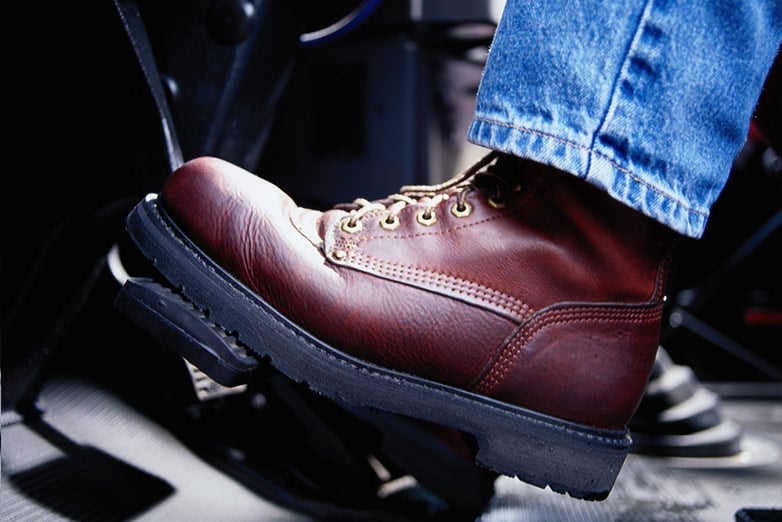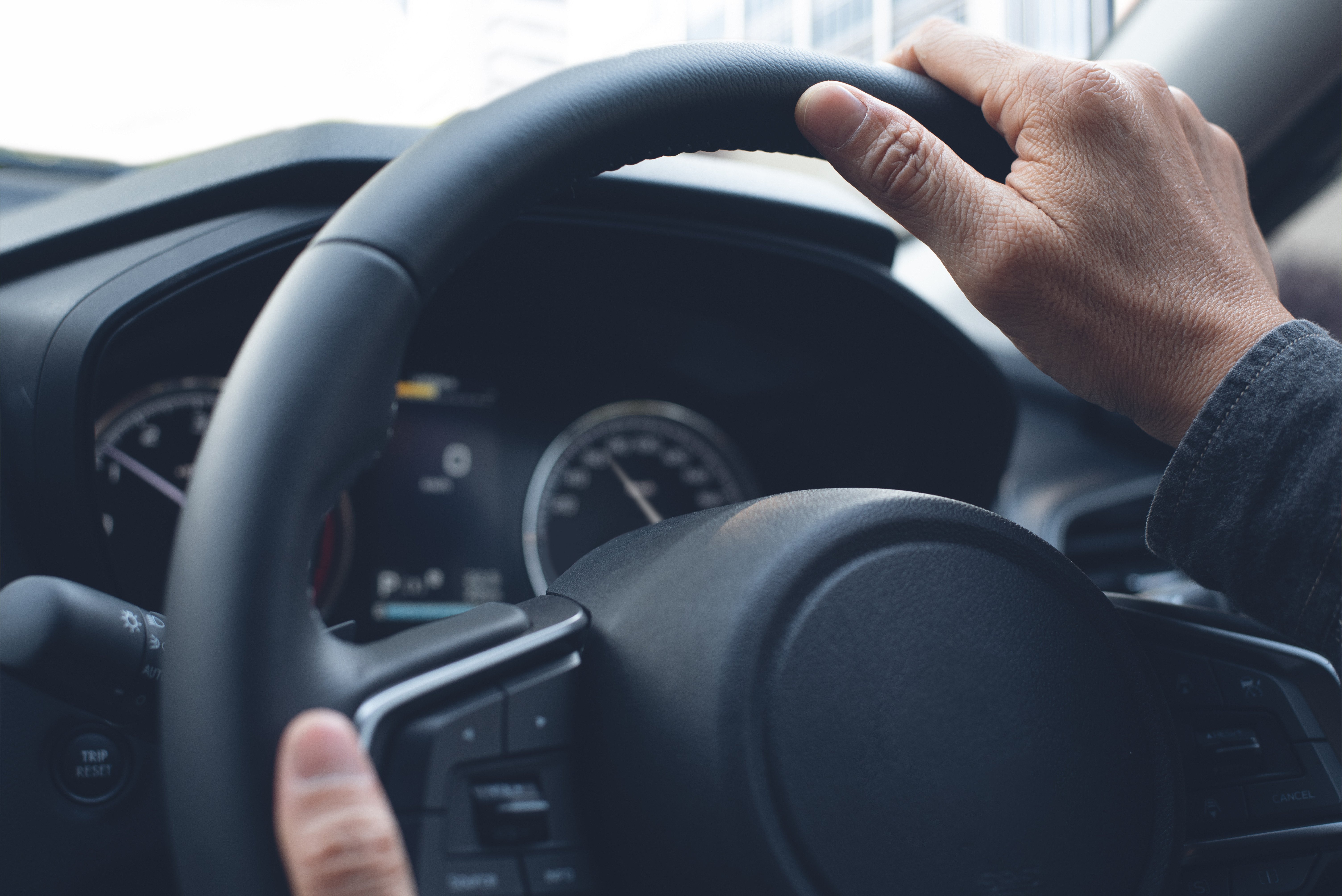
There are many things that happen behind the wheel that affect the safety of your drivers, as well as the safety of others on the road. While things such as drunk, distracted and drowsy driving continue to garner plenty of attention as safety hazards, other practices might not be as well publicized when it comes to driving safety.
Hard braking and rapid acceleration are two practices that can immediately affect both safety and bottom-line costs. While these practices are more common than most safety managers may realize, they jeopardize the safety of other vehicles on the road — and that increases the likelihood of crashes leading to injury and death.
Learning to curb the driving habits that lead to hard braking and acceleration can significantly lower the odds of crashes and, at the same time, provide you with the benefit of better fuel economy.
Making the Financial Case for Better Braking
Even though safety is the main reason to avoid hard braking and acceleration, the financial benefits of safer driving practices are too important to overlook. In addition to fewer crashes, which means less money spent on insurance claims and auto repairs, the financial rewards of safe driving begin immediately and start with keeping more money in your company’s coffers.
One recent study by the Department of Transportation shows a clear correlation between safer driving and fuel economy. Using telematics to track driver behavior, researchers found that even though the drivers in the study were coached on how to improve their safe driving habits — not on how to save fuel — they consistently showed improved fuel economy as they adopted these safer driving habits and became less likely to accelerate sharply or use hard braking.
Each act of aggressive braking or acceleration increases fuel consumption by as much as a half-gallon of fuel, according to data from the Accident Research Centre at Monash University in Melbourne, Australia. Conversely, researchers also found that driving without harsh accelerations, hard braking or sudden lane changes resulted in less fuel consumption, as well as lower vehicle operation and maintenance costs.
Hard braking and aggressive acceleration increase wear and tear on vehicles, creating a greater need for repairs and compromising the vehicle’s safety. Over time, hard braking significantly decreases the lifespan of the brakes and wears out the pads, requiring them to be replaced more often.
Hard braking also places more pressure on the ball joints, suspension, wheel bearings and more. All of this wear and tear can be managed and minimized simply by having drivers adhere to safer braking and acceleration practices.
Safer Acceleration and Braking
Drivers who practice aggressive acceleration and hard braking create an unsafe environment for everyone on the road. According to Progressive Insurance’s Lead Foot Report, which used telematics data to analyze crash causation and situations, hard braking was one of the most predictive behaviors for the likelihood of future crashes.
Teaching safer acceleration and braking techniques, as well as providing more insight into the needs and benefits of adopting better braking and acceleration practices, can change the driving behavior that leads to safer roads.
Arguably the most effective way to learn where drivers need correction in these areas is to use telematics to monitor their behavior behind the wheel.
What Telematics Can Teach Us
Telematics can provide a variety of data points that give insight into driver behavior, but it’s particularly effective when it comes to monitoring harsh driving actions like braking and accelerating. Using an accelerometer allows you to measure how quickly a driver is speeding up or slowing down.
The sensitivity of systems like the Smith360 telematics allows you to adjust devices to fit the type of vehicles you operate, ensuring that you can collect accurate data about the acceleration and braking behavior in every driver.
Using this information gives you insight into where improvement and instruction is needed. Since most rear-end collisions and hard braking incidents are caused by tailgating, educating drivers how to build and maintain a space cushion can correct this problem.
In some cases, harsh braking and acceleration are the results of driver frustration, so as a fleet safety manager, you need to be aware of this potential problem so you can provide the appropriate training and coping skills needed to ease that frustration and keep your drivers safer behind the wheel.
Monitoring hard braking and acceleration practices is the first step in correcting the problem. Being able to change driver practices to include safer braking and acceleration can protect you financially, as well as keep your fleet drivers safe.
Find out how Smith System’s’ Smith360 driver and fleet management tool can help you track driver behavior as well as monitor fuel usage, idling trends, mileage and more. A safer, more efficient fleet protects your assets, your company reputation and your profits. Telematics is a simple and effective way to roll out safety on a large scale.










